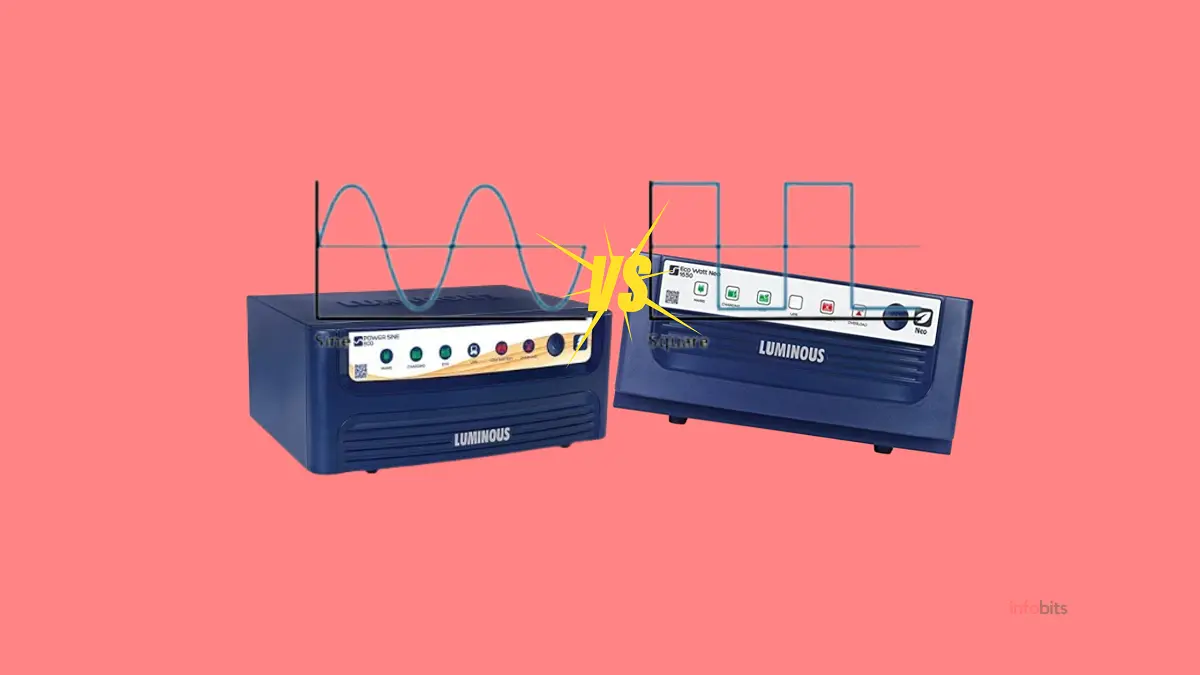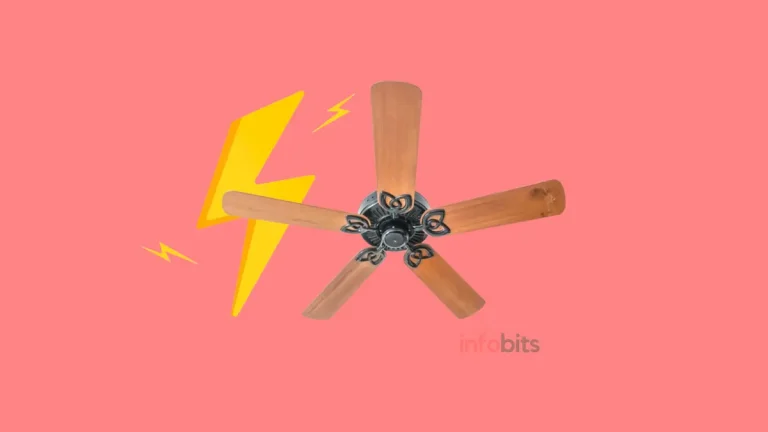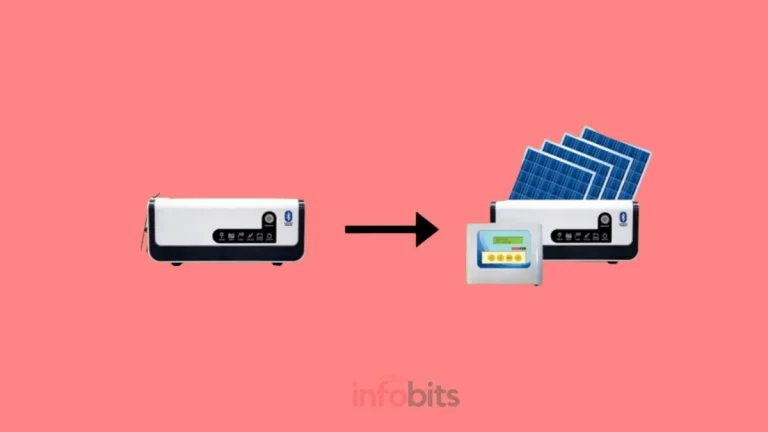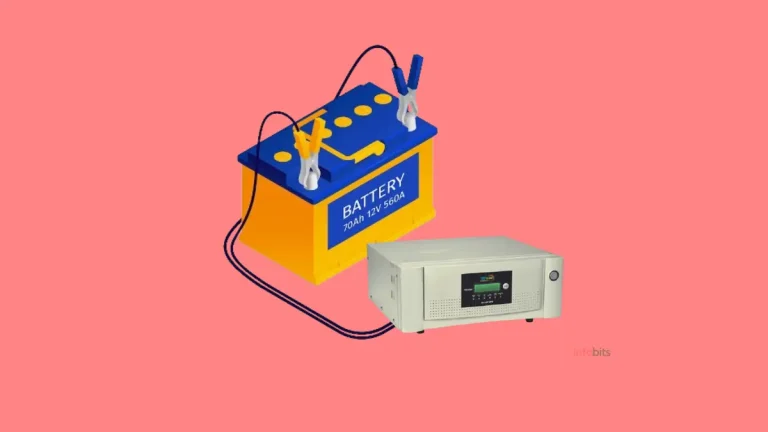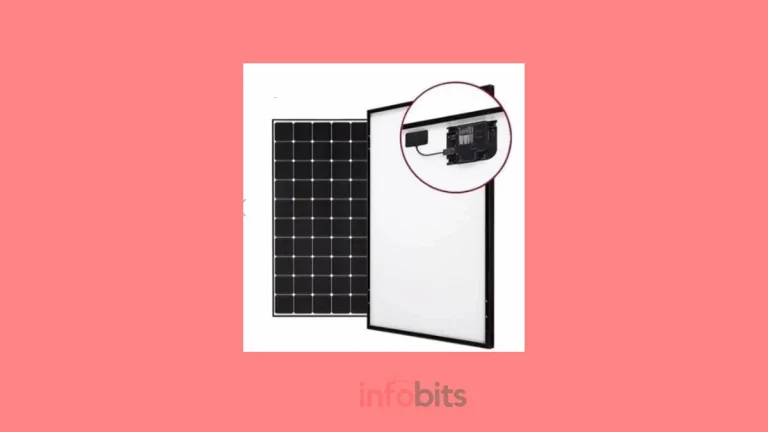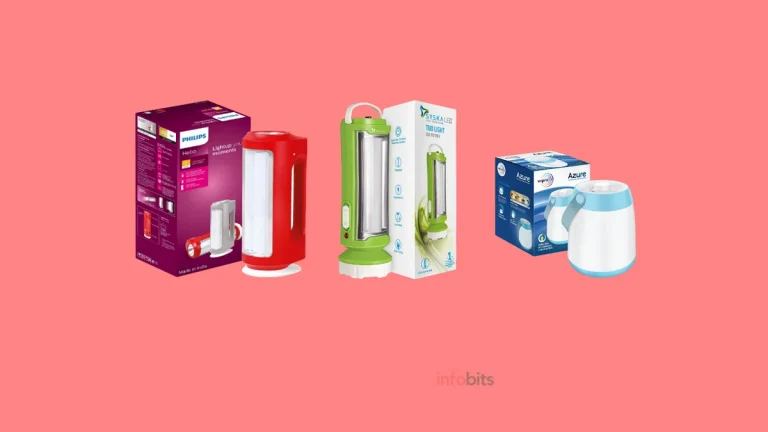Sine Wave Inverter vs Square Wave Inverter: Understanding the Differences
Choosing a suitable inverter is critical for effective and dependable power conversion in a variety of applications.
Inverters are essential for transforming DC (Direct Current) electricity from sources like batteries or solar panels into AC (Alternating Current) power that is compatible with the majority of residential and commercial appliances.
When it comes to inverters, two primary types stand out based on the output power waveform: sine wave inverters and square wave inverters.
Understanding the differences, features, and benefits of various inverters is critical to making an informed selection.
This article compares sine wave and square wave inverters, highlighting their properties, uses, and considerations for selecting the best solution for your unique requirements.
Choosing the appropriate inverter is critical since it affects both the performance and safety of your electronic equipment.
Using the improper type of inverter might result in overheating, equipment damage, or low electrical output. To make an educated selection, it is critical to understand the differences between sine wave and square wave inverters.
Sine Wave Inverter: Features and Advantages
A sine wave inverter generates an output waveform that is similar to the smooth, oscillating pattern of the power received from the electrical grid.
This waveform is known as a sine wave, and it produces clean, high-quality power.
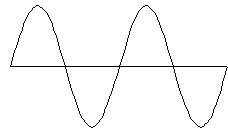
Using a sine wave inverter is like giving your electrical equipment full safety and reliability It delivers a consistent, dependable power supply, ensuring the best performance and lifespan for your sensitive equipment.
Appliances such as computers, cellphones, refrigerators, and audio equipment prefer sine wave electricity because it reduces the danger of glitches, humming, or damage.
Square Wave Inverter: Features and Advantages
A square wave inverter, as the name implies, produces an output waveform that looks like a succession of square-shaped pulses.
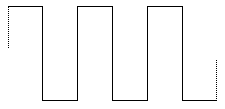
While this waveform is simpler and less polished than a sine wave, it is enough for certain purposes.
When it comes to powering basic appliances like lights, fans, and basic gadgets, a square wave inverter is a dependable companion.
It’s inexpensive, simple to manufacture, and adequate for devices that aren’t sensitive to waveform purity.
However, it is important to note that when powered by a square wave inverter, certain sensitive equipment may operate poorly or generate buzzing noises.
So, whether you want a comparatively costly and efficient power supply for your gadgets and appliances with a sine wave inverter or a low-cost choice with a square wave inverter, make sure to select the one that best meets your demands.
Comparison of Sine Wave and Square Wave Inverters
1. Differences in Waveform Output
As we have seen in the above paragraphs,sine-wave inverters and square-wave inverters produce entirely distinct waveforms.
A sine wave inverter generates a smooth and continuous waveform that closely matches the electricity we receive from the power grid.
In contrast, square wave inverters generate a more choppy waveform that resembles a succession of square pulses.
It’s like comparing an elegant ballet dancer to someone attempting to perform the robot dance.
2. Impact on performance and efficiency
The kind of waveform output has a considerable influence on the performance and efficiency of the inverter.
Sine-wave inverters offer a cleaner, more reliable power supply, making them perfect for sensitive electrical gadgets.
They reduce the possible harm or interference caused by voltage fluctuations.
Square wave inverters, while less expensive, may be inefficient and might produce distorted or noisy electricity.
3. Compatibility with different electronic devices
The interoperability of inverters with various electrical equipment is a critical factor.
Sine wave inverters are the superheroes of compatibility since they can power practically any device without a problem.
They can handle everything, from fragile computers to sensitive medical equipment, with ease.
Square-wave inverters, on the other hand, might be more specific and may not work with all devices. They may not play well with laser printers or certain types of motors.
4. Noise and Interference Considerations
In the struggle against noise and interference, sine wave inverters dominate. They generate minimum noise and interference, resulting in a smooth and silent operation.
Square-wave inverters, on the other hand, can be noisy and may cause interference with audio and video devices.
So, if you want to watch your favourite Netflix episode uninterrupted, a sine wave inverter is your best friend.
Applications and Suitability of Sine Wave and Square Wave Inverters
Sine wave inverters provide a clean and consistent waveform, making them perfect for sensitive gadgets and appliances, whereas square wave inverters are less expensive and better suited for basic power requirements.
Ideal applications for Sine wave inverters
Sine wave inverters are the preferred choice for applications requiring high accuracy, stability, and compatibility.
They are ideal for powering sensitive electronic devices such as computers, cellphones, game consoles, and medical equipment.
So, if you’re a computer enthusiast, a medical expert, or simply someone who loves electronic gadgets, a sine wave inverter is the finest option.
Suitable applications for square wave inverters
Square wave inverters, while not as spectacular as their sine wave counterparts, nevertheless have a place in the inverter world.
They excel in applications where compatibility with simpler electronics is critical. Square-wave inverters can successfully power devices such as incandescent light bulbs, fans, and power tools.
So, whether you’re a DIY enthusiast or need to power simple appliances, a square wave inverter will do the job.
Special considerations for specific appliances
There are a few items that demand special consideration when selecting an inverter.
A sine wave inverter is highly recommended for electric motor-powered products such as refrigerators and air conditioners.
These motors are sensitive to the waveform generated by square wave inverters and may not work efficiently or silently.
Furthermore, gadgets that use active power factor correction (PFC), such as some current LED TVs and laptops, may require a sine wave inverter to work correctly.
Considerations for Choosing the Right Inverter
Even though we have a detailed article on how to choose the best inverter for your home or office, we will highlight some key features here for a simple selection of a sine wave or square wave inverter.
Power requirements and load capacity
Before going into the realm of inverters, you need to first assess your power requirements and load capacity.
Calculate the total wattage of the devices you wish to power and select an inverter capable of handling that load. Nothing can spoil a party like an overloaded inverter!
Budget and cost considerations
While we’d all like to buy the most efficient inverter possible, financial restraints may prevent us from doing so.
Sine wave inverters are often more expensive than square wave inverters, so find the correct balance between your demands and your budget.
Future scalability and expandability
If you plan to increase your electrical load in the future, you should examine the scalability and expandability of your chosen inverter.
Investing in a sine wave inverter with a larger wattage capability will help you avoid the headache of upgrading later.
Safety and Certifications
Don’t forget about safety! Look for inverters with suitable certifications, such as UL (Underwriters Laboratories), to verify they fulfil safety requirements.
You want an inverter that will not transform your home into a disaster movie set.
Conclusion
The decision between a sine wave inverter and a square wave inverter is ultimately based on your requirements and preferences.
If you care about stability, compatibility, and silent operation, a sine wave inverter is the way to go. However, if you’re on a tight budget and only need to power basic appliances, a square wave inverter can do the work.
Whatever you select, be sure it adds light and strength to your life while avoiding unneeded hassles.
Overall, the decision between a sine wave inverter and a square wave inverter is determined by several considerations, including the intended use, budget, and compatibility with electrical equipment.
Before making a selection, you should carefully assess your power requirements as well as the individual benefits and drawbacks of each model.
By selecting the correct inverter, you can ensure that your power systems function optimally and efficiently and last as long as possible.
Frequently Asked Questions
Sine-wave inverters often cost more than square-wave inverters. The more complicated circuitry necessary to create a clean and consistent sine wave output adds to the increased cost. However, the price difference between inverters may vary based on their brand, power capacity, and extra features.
It is typically not suggested to utilize a square wave inverter with sensitive gadgets. The square wave output may cause harmonic distortion and noise, which can degrade performance and possibly damage sensitive devices. Sine wave inverters, with their clean and smooth waveform, are ideal for such applications.
A square-wave inverter can power most basic appliances, including lights, fans, and motor-driven gadgets. Certain appliances, such as refrigerators, air conditioners, and modern gadgets, may require a sine wave inverter to work optimally. Before using square-wave inverters, make sure that certain appliances are compatible.
No, you cannot convert a square-wave inverter to a sine-wave inverter. Each type of inverter has its unique circuitry and components. If you need a sine wave output, it is best to invest in a reputable sine wave inverter to ensure consistent and efficient power conversion.
A sine wave inverter or UPS may generate higher-quality power, which is better suited to sensitive electronic equipment. In comparison, a square-wave inverter is less costly and better suited for powering motors and other loads that are less sensitive to waveform distortion.
Sine-wave inverters are better for powering home equipment such as refrigerators, stoves, computers, and laptops. Square-wave inverters are less dependable and may be dangerous to use in some household appliances. Furthermore, square wave inverters cause buzzing noise in various equipment, such as fans.
Square wave waveform harmonics can potentially negatively impact some devices, especially the computer’s power supply components. This might cause occasional difficulties or permanent harm to those devices.
We hope you are interested in our articles and consider following our Facebook, Instagram, and Twitter pages for regular updates.
Subscribe to our free newsletter to get similar articles and regular updates directly in your Email Inbox.
Also, share this article with your friends and relatives. Bookmark this page for future reference.
You May Be Interested to Read:
- Best Inverter Battery for Home Use in India: An Ultimate Guide
- How to Charge the Inverter/UPS Battery Efficiently?
- Lithium Battery Advantages in Inverter and UPS Systems
- How To Convert A Normal Inverter To A Solar One with A Solar Conversion Kit?
- The Ultimate Guide to Lead Acid Battery BMS: Everything You Need to Know

